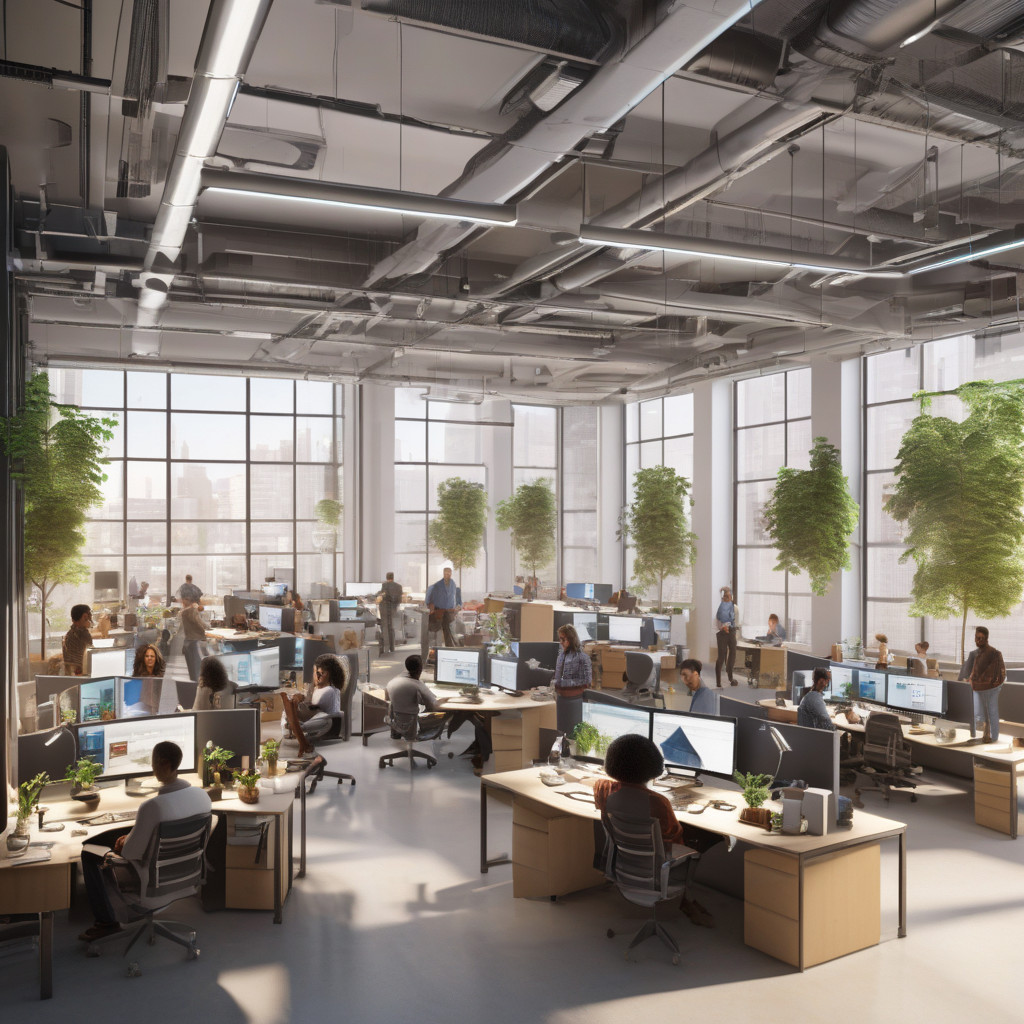In the high-stakes world of software development, adopting a safety-critical mindset is no longer just a choice; it’s a necessity. Gone are the days when minor glitches were mere inconveniences. Today, software permeates every aspect of our lives, from healthcare systems to autonomous vehicles. The question is no longer, “Is anyone designing software where failures don’t have consequences?” Rather, it is, “How can we ensure that our software is robust, reliable, and safe in the face of ever-increasing complexity and interconnectedness?”
At the heart of this shift in mindset is the recognition that the impact of software failures can be far-reaching and, in some cases, catastrophic. Consider the case of the Therac-25 radiation therapy machine in the 1980s, where software bugs led to patients receiving massive overdoses of radiation. Lives were lost, and trust in the technology was shattered. This tragic example underscores the critical importance of prioritizing safety in software development.
By embracing a safety-critical mindset, developers can proactively identify and mitigate potential risks before they escalate into full-blown crises. This approach involves incorporating safety considerations into every stage of the development process, from requirements gathering to testing and deployment. It means thinking beyond functionality and performance to consider the broader implications of software behavior in real-world scenarios.
One way to cultivate a safety-critical mindset is to leverage established frameworks and best practices that prioritize safety and reliability. For instance, the DO-178C standard for airborne systems mandates rigorous safety assessments and verification processes to ensure that software functions correctly and safely under all conditions. By adhering to such standards, developers can instill a culture of safety consciousness within their teams and uphold the highest standards of quality in their products.
Moreover, the rise of safety-critical industries such as autonomous vehicles, medical devices, and industrial control systems underscores the growing demand for developers who can navigate the complexities of designing mission-critical software. In these domains, the margin for error is slim, and the consequences of failure can be severe. As such, developers must equip themselves with the necessary skills and mindset to deliver safe and reliable solutions that meet stringent regulatory requirements and industry standards.
In conclusion, the imperative for developers to adopt a safety-critical mindset is clear. In a world where software powers our most critical systems and infrastructure, the need for robust, reliable, and secure software has never been greater. By embracing a safety-first approach, developers can not only mitigate risks and prevent disasters but also build trust with users and stakeholders. In the end, safety is not just a feature—it’s a mindset that should underpin everything we do in the realm of software development.

